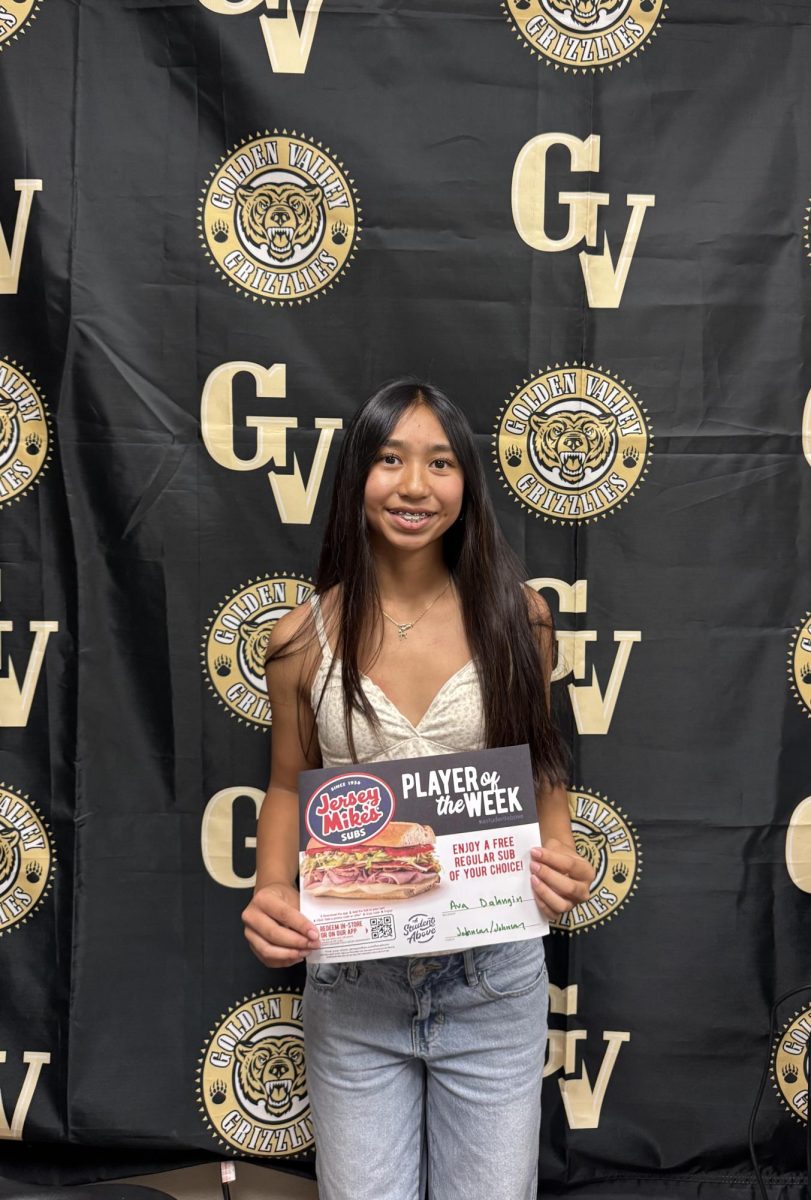As the world moves forward to the new year, there have been whispers about an outbreak happening in China, which is similar to another outbreak that happened five years ago.
Everybody knows what happened in January five years ago, and it all started with China. Students were happy that school was out for two weeks because of some virus, then five years later things – the whole world – changed because of the virus. Now, with 2025 arriving, there have been quite a few social media posts saying that there is an outbreak happening in China again.
Are These Posts True?
To put it simply, no, these posts are not true. There has been a post in X (formerly known as Twitter) saying that China is in a state of emergency, as hospitals and crematoriums are getting overwhelmed. The post claimed that multiple viruses like Influenza A, HMPV, and COVID-19 are spreading in China. However, there are no reliable sources to support what the post had to say. China is not in a state of emergency.
“China is experiencing a large outbreak of human metapneumovirus (HMPV) cases at the moment. Although this is a priority for China’s health system, it should not lead to immediate concerns about a new pandemic,” Sanjaya Senanayake, a specialist in infectious diseases at Australian National University, reported to the newsletter Politico. “The likelihood is that China is experiencing a bad HMPV season, in the same way that in some years we have an overwhelming flu season.”
In short, the reason for the outbreak is because of the winter season during December of last year (2024, not 2023). “A seasonal increase in respiratory pathogens is expected in countries of the northern hemisphere, particularly during the winter period,” a representative for the World Health Organization told the newsletter The Dispatch through email.
Moreover, in December 2024, Chinese health officials announced that they had a new monitoring system for respiratory infections that was being tested in the country. The system’s purpose is to help officials identify and handle unknown pathogens effectively in order for them to establish procedures for laboratories to report, as well as for disease control to verify and handle cases. This shows that the country is more prepared now, compared to when COVID-19 hit five years ago.
What is HMPV?
In contrast to COVID-19, HMPV is not a new virus: the virus was discovered back in 2001 by researchers in the Netherlands and it is in the same virus family – the Pneumoviridae family – as RSV. From coughs to sore throats, HMPV is similar to the cold when it comes to symptoms, according to the Cleveland Clinic.
Children, older adults, and people who have a weak immune system or a lung condition are at risk of bronchitis and pneumonia. The peak age for a severe case of HMPV is between 6 and 12 months old; most people get HMPV before they turn five-years-old, according to Cleveland Clinic
Although one can get sick again, it is fortunate that symptoms are usually mild after the first time one gets HMPV. However, there is no vaccine for HMPV, so it is best to avoid catching it. One should always wash their hands with soap, avoid close and physical contact with others, avoid sharing things with others, cover their face if they are coughing or sneezing, and stay at home to recover if showing symptoms.
Unlike the outbreak-turned-global-pandemic five years ago, the HMPV outbreak is a seasonal occurrence due to the winter, hence why China has not officially declared a state of emergency. Nevertheless, there is one place – or rather a state – that has declared a state of emergency.
A California Outbreak?
On December 18, 2024, California Governor Newsom proclaimed a state of emergency in response to an outbreak of bird flu. As recent as January 15, 2025, there are 38 confirmed human cases who have contracted the bird flu in California alone.
According to the CDC, mild symptoms may include eye irritation, mild fever, cough, sore throat, runny nose, muscle ache, headache, and fatigue; meanwhile, severe symptoms may include high fever, difficulty in breathing, altered consciousness, and seizures.
Fortunately, according to the California Department of Public Health, the risk is low to the public currently and there has been no person-to-person transmission detected of bird flu so far. The virus spreads from infected cattle to birds that infect people, hence those who work in farms and with wildlife are at higher risk of catching the disease.
For any people that work with animals, the California Department of Public Health advises to wear eye protection such as face shields and safety goggles, respirators like the N95 masks, and gloves in order to prevent catching bird flu.
Cattle? How Did Cattle Get Bird Flu?
On March 25, 2024, the U.S Department of Agriculture, with the CDC and the FDA, announced that bird flu has been detected in U.S. cattle for the first time. The infected cattle have experienced low appetite and reduced milk production, and the milk they produced had a discolored appearance.
Although it is rare, according to the CDC, mammals can get infected with bird flu when they eat infected birds, or when they are exposed to an environment contaminated with the virus. From there on, infected cattle can spread the bird flu through mammal-to-mammal transmission, especially when there are cattle movements across dairy farms.
Moreover, shared equipment and personnel across the farms also contribute to the spread. As recently as January 31, 2025, there have been more than 700 infected cattle and more than 30 dairy farms confirmed to have the H5N1 bird flu in California. Although 200 of those infected cattle have recovered, they are placed on surveillance for testing.
Luckily, the milk supply is being protected. The U.S Department of Agriculture, the FDA, and the CDC has stated that there is no concern about the commercial milk supply since the milk from infected cattle is being diverted or destroyed. Milk products also undergo pasteurization, the process of heating then rapidly cooling liquids to kill microbes, before going between states. The FDA reported that pasteurization is effective in eliminating the H5N1 virus.
How Can One Prevent Catching Bird Flu?
According to the CDC, people must avoid any contact with wild birds or any other animal potentially infected with the virus. It is imperative not to touch surfaces that are contaminated with the saliva, mucus, or feces of birds or any other animal. It is also important not to consume raw milk as well.
Anyone whose hobbies involve birds, such as hunters or bird watchers, should report any sick birds or unusual deaths of birds to the authorities, or call a veterinarian. For hunters handling wild birds, one must practice good hygiene and wear personal protective equipment like goggles, masks, and gloves.
Furthermore, people should also get their seasonal flu shot. If one has any pets, they must not consume any unpasteurized dairy products or raw pet food. They should keep their pets away from sick or any dead birds when going on walks. The pets should also get a flu shot, in which they must contact the veterinarian.
The Bird Flu Is Evolving?
In early January of this year, A man over 65-years-old in Louisiana died after being hospitalized with severe symptoms of the bird flu. He had underlying conditions and got exposed to the virus from a backyard flock and wild birds. Then the virus mutated.
During the Louisiana man’s hospitalization in December 2024, after health workers took swabs from the man, they found that the samples contained mutations of the H5N1 virus that may help infect people easily, theoretically. According to the CDC, the mutations were not found from the backyard flock that exposed the man, which may suggest that the virus evolved when it was inside the man.
Moreover, the mutations were also found in a 13-year-old Canadian girl who was hospitalized in November 2024, which thankfully she has recovered. These two cases highlight the dangerous potential of the virus to evolve in order to achieve human-to-human transmission.
“The more widely the virus circulates, particularly infections in humans and other mammals, the higher the risk that the virus will acquire mutations that adapt the virus for human disease and transmission,” Dr. James Lawler said to The New York Times, who is a director of the University of Nebraska’s Global Center for Health Security. “This puts us all at risk.”
The bird flu is a low risk to the public now; but if mutations like the one found in the Louisiana man and the Canadian girl somehow spread, then the public is not safe. The bird flu outbreak may escalate.
“I’m still not pack-my-bags-and-head-to-the-hills worried, but there’s been more signals over the past four to six weeks that this virus has the capacity [to set off a pandemic],” Richard Webby said to The New York Times, an influenza expert at St. Jude Children’s Research Hospital.





















